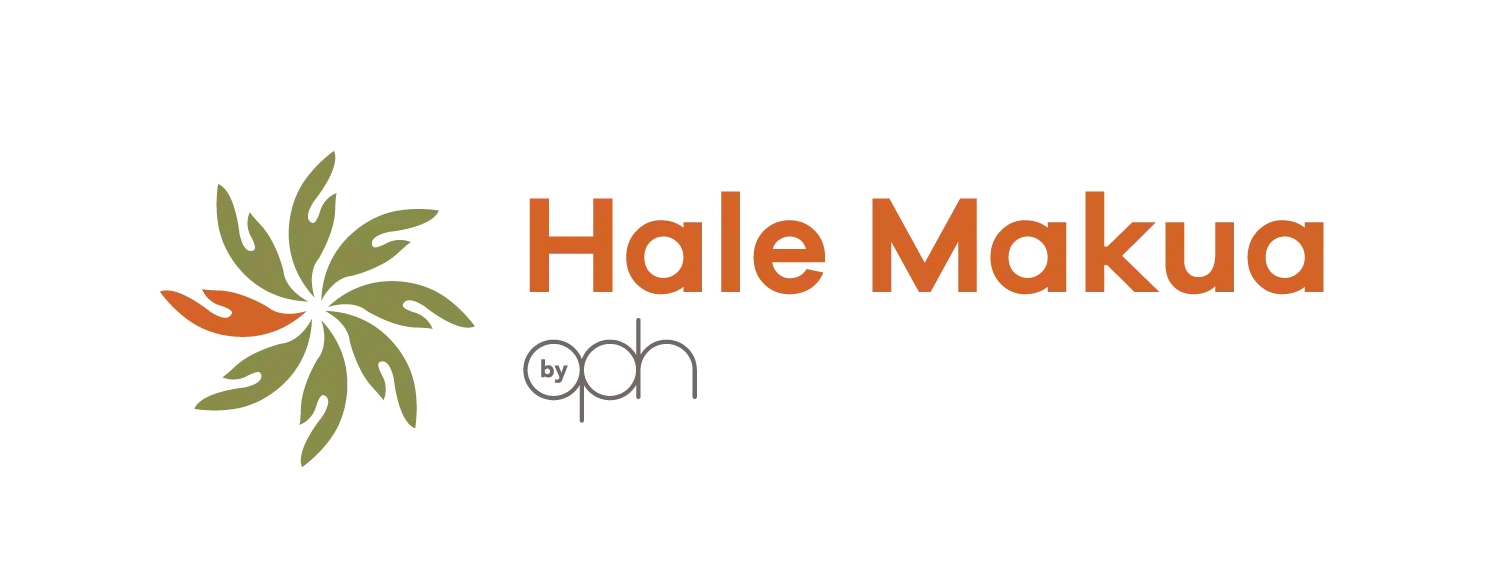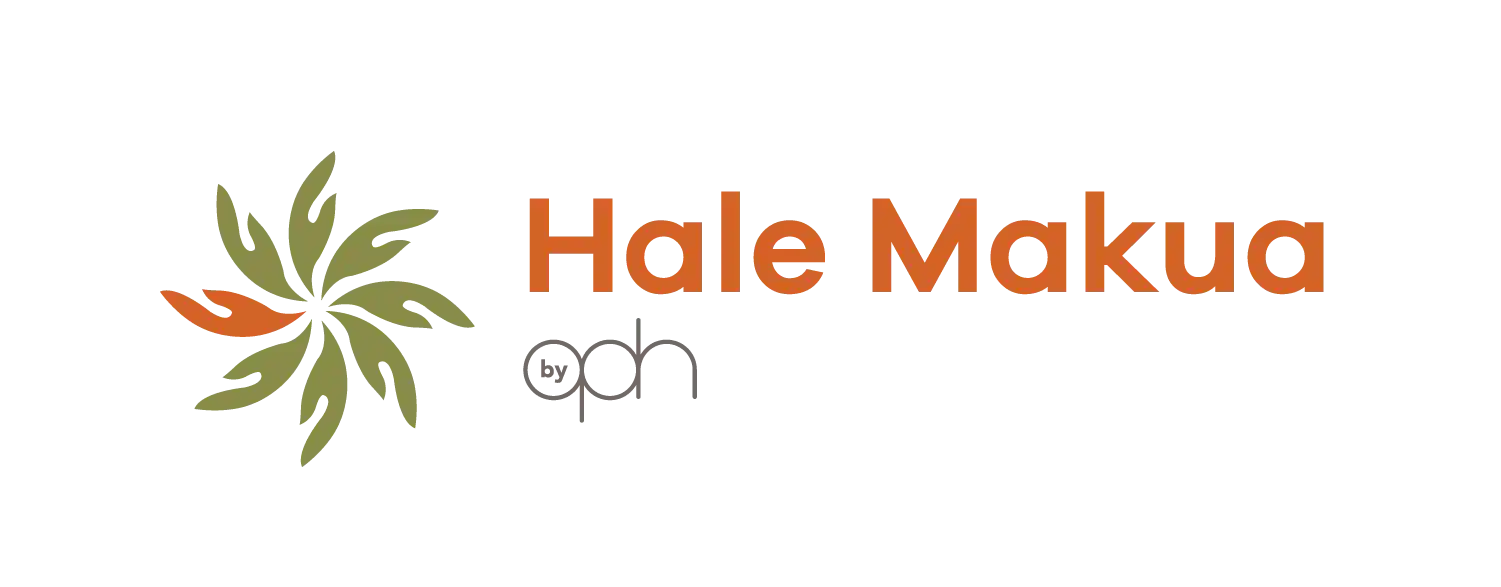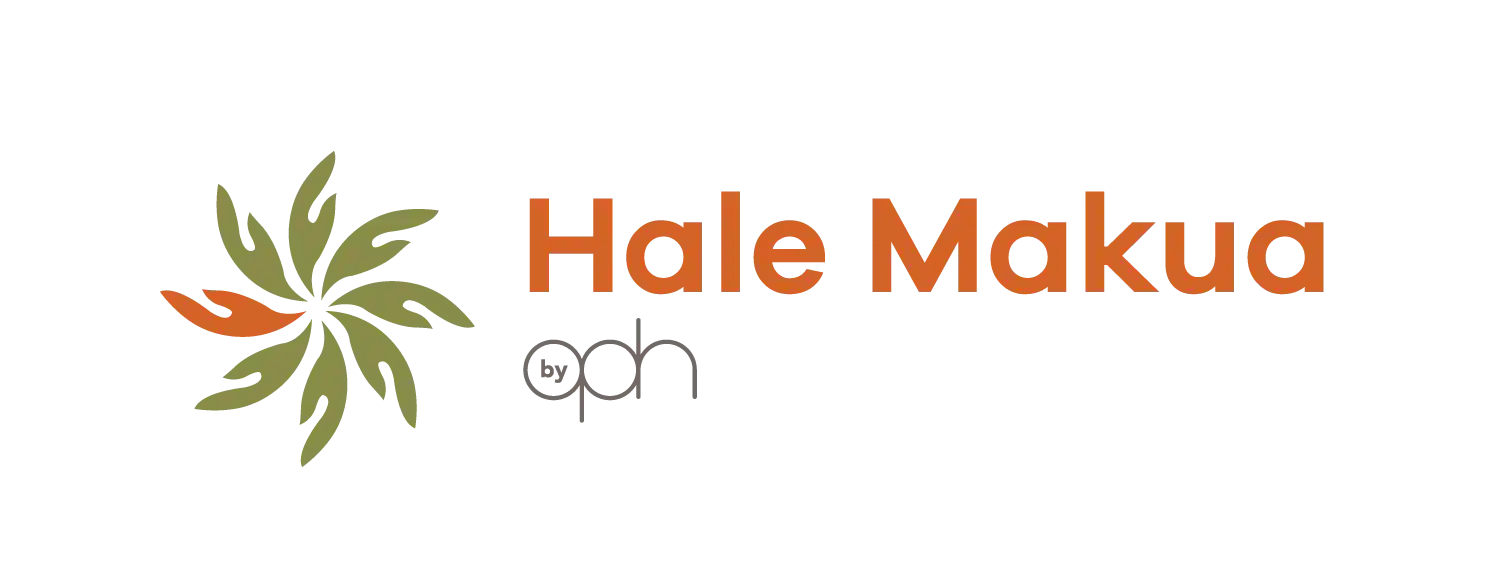Maui wildfires one year later: State DHS releases report on a year recovery and healing

On Aug, 8, 2023, strong winds drove wildfires out of control on Maui– resulting in the worst natural disaster in Hawaiʻi’s history and one of the worst American wildfires of the last century. Nearly all of the town of Lahaina was destroyed, and Kula was significantly damaged. 3,971 properties, including homes, businesses, and schools were destroyed. The property damage was estimated to be as high as $6 billion. A staggering 102 lives were lost.
“This terrible tragedy forever changed our community. Aug, 8 is a day that we must remember and honor those we lost, while we also continue to help our ‘Ohana recover– and plan for the future,” said Hawaiʻi Department of Human Services representatives.
The department has since released a One Year of Progress: Recovery and Healing from the Maui Wildfires report. It is the first comprehensive look at DHS’ work over the last year, and includes new and updated statistics on housing, access to nutrition, and overall recovery support efforts, including the following highlights:
- In the two weeks following the fires, DHS was able to help 976 survivors move from shelters into hotel rooms across Maui. In total, working with local, state, federal and non-profit partners, 7,796 survivors were moved into hotel rooms in these crucial first two weeks, along with an additional 662 survivors moved into donated Airbnbs.
- Hawaiʻi submitted its application for the federal Disaster Case Management Program within six weeks and built and launched an independently funded interim program to expedite aid while awaiting FEMA approval. To date, the DCMP has served more than 3,500 individuals.
- To help people who were unhoused before the wildfires and without additional resources or the ability to meet eligibility requirements for non-congregate shelter, DHS created and launched the Puʻuhonua o Nēnē facility, which has provided shelter and support services to a total of 390 individuals.
- In close coordination with federal partners, DHS helped to expand access and provide support through the Disaster Supplemental Nutrition Assistance Program (D-SNAP), which provided assistance to more than 3,200 households and the Maui Relief Temporary Assistance to Needy Families (TANF) Program, which has provided more than $11 million in funding for crucial support to families.
- DHS conceived and launched the state’s innovative Rental Assistance Program also known as RAP, a first-of-its-kind program utilizing the local short-term rental market to secure longer-term housing solutions for 302 households, totaling 842 individuals.
- The Ka Laʻi Ola housing project is the first government housing solution on Maui to break ground. In the coming weeks, DHS will be welcoming the first residents to Ka Laʻi Ola, which will help house up to 1,200 survivors in temporary units for up to five years.
“Following the Maui wildfires, and at Gov. Josh Green’s direction, DHS has focused on helping lead the state’s response and the community’s recovery. Each day, we work to support and rebuild the fabric of our communities, provide essential support to survivors including access to nutrition support, temporary housing, support services for disaster relief, financial support, medical and mental healthcare, and comprehensive disaster case management services,” according to a Department update.
“While there is still a long road ahead, we are honored to provide for and help our community in this time of need. We are proud of the progress made and continue to focus on rebuilding our future. We are enormously grateful to Gov. Green for his leadership in this work, to our many partners in helping to serve our community, and to each member of the DHS team for their tireless work and commitment to make a difference for the people of Hawaiʻi each day,” the Department reports.
The progress report captures DHS’ actions in the year since the Maui wildfires and its impacts on people’s lives and outcomes in the community as a whole. Data included in the report has been collected directly from local, state, and federal sources and personal accounts from survivors and community members. All of the data included in the report is current through July 15, 2024.









